
South Korea Animals
Follow the Trail of Wild Nature – Nature Tourism in South Korea
South Korea, a country known for its stunning natural landscapes and rich cultural heritage, is also home to a diverse range of fascinating wildlife. From the dense forests of Seoraksan National Park to the coastal wetlands of Suncheon Bay, South Korea offers a unique opportunity to encounter a variety of animal species in their natural habitats.
One of the most iconic animals found in South Korea is the Korean black bear, a symbol of the country's wildlife conservation efforts. Visitors may also catch a glimpse of the elusive Amur leopard, one of the rarest big cats in the world, as it prowls through the remote mountainous regions. Additionally, the Korean water deer, known for its distinctive tusks and aquatic habits, can be spotted in wetland areas across the country. Join us as we explore the captivating world of animals that call South Korea home.
Mammals of South Korea
In the verdant landscapes of South Korea, a variety of mammals thrive, offering a glimpse into the country's rich biodiversity. The Korean Peninsula is home to the elusive Amur leopard cat, a small but agile predator found in the dense forests. Roaming the mountainous terrains, the Asiatic black bear, also known as the moon bear due to its distinctive white chest mark, is a symbol of Korean wildlife. The water deer, with its distinctive tusks, can be spotted in the wetlands and grasslands, while the industrious Eurasian otter fishes along the streams and rivers. In the DMZ, the untouched strip of land between North and South Korea, the rare long-tailed goral clings to rocky outcrops, a testament to nature's resilience amidst human conflict.
Birds of South Korea
South Korea, a haven for bird enthusiasts, boasts a diverse array of avian species, including the elegant Red-crowned Crane, a symbol of longevity and fidelity in Korean culture. These cranes can be spotted in the demilitarized zone (DMZ), a pristine habitat due to limited human activity. The vibrant Mandarin Duck, with its striking plumage, is another resident, often found in wetlands and rivers. The Korean Peninsula also provides a critical stopover for migratory birds like the Black-faced Spoonbill, which can be seen in the southwest regions during their seasonal movements. Birdwatchers may also encounter the majestic White-naped Crane and the endearing Vinous-throated Parrotbill, both of which add to the rich tapestry of South Korea's avian life.
Reptiles
Top Spots for Wildlife Observation in South Korea
- Jirisan National Park, nestled in the southern region of the Korean Peninsula, is the oldest and one of the largest national parks in South Korea. It is a haven for a diverse array of wildlife, including the Asiatic black bear, which has been successfully reintroduced into the wild. Visitors may also spot water deer, Korean goral, and a variety of bird species such as the peregrine falcon and the Eurasian eagle-owl.
- Seoraksan National Park, located in the northeastern part of South Korea, is renowned for its dramatic landscapes and rich biodiversity. The park is home to the Korean musk deer, a shy and elusive creature, as well as the long-tailed goral. Birdwatchers can delight in observing the Korean spotted woodpecker and the Mandarin duck along the park's streams and valleys.
- Dadohaehaesang National Park, the largest marine national park in South Korea, encompasses numerous islands and coastal areas. Here, visitors can encounter spotted seals basking on the rocky shores and a plethora of seabirds, including the black-tailed gull and the Swinhoe's storm petrel. The park's clear waters also provide a glimpse into the lives of various marine species.
- Suncheon Bay Wetland Reserve, a coastal wetland located on the southern coast, is famous for its vast reed beds and the annual migration of birds. It is an important stopover for the hooded crane and the white-naped crane during their migration. The reserve also supports populations of the Eurasian otter and a variety of fish and amphibians in its freshwater and brackish habitats.
- Bukhansan National Park, situated on the outskirts of Seoul, offers a unique opportunity to observe wildlife within a metropolitan setting. The park is a refuge for the Korean squirrel and the chipmunk, while the surrounding forests are inhabited by the colorful ring-necked pheasant and the azure-winged magpie.
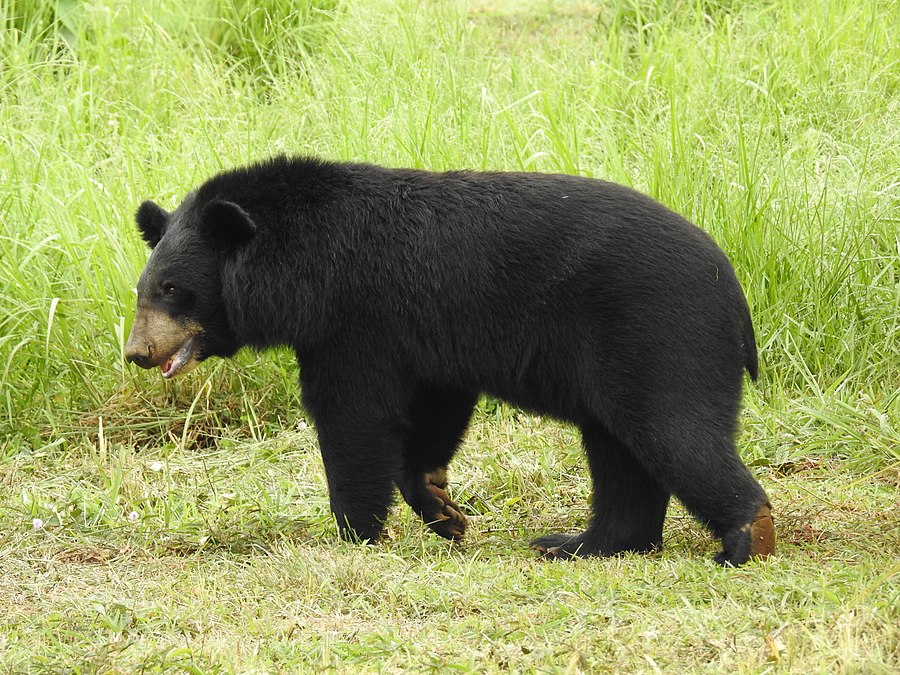
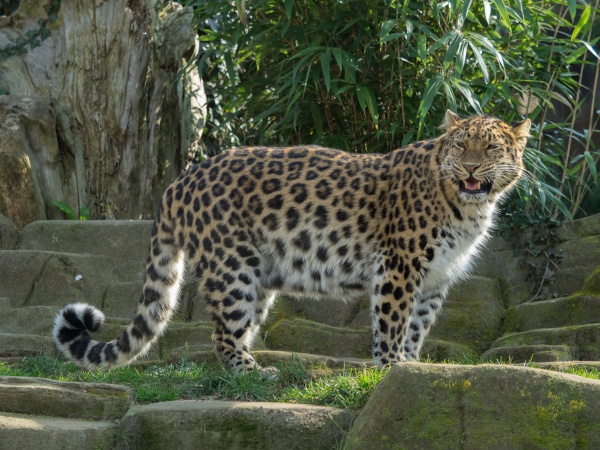
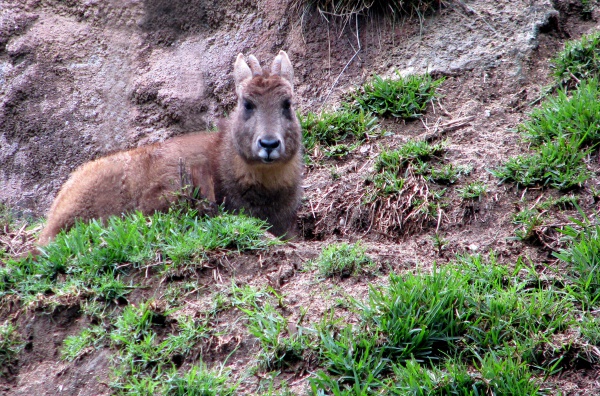
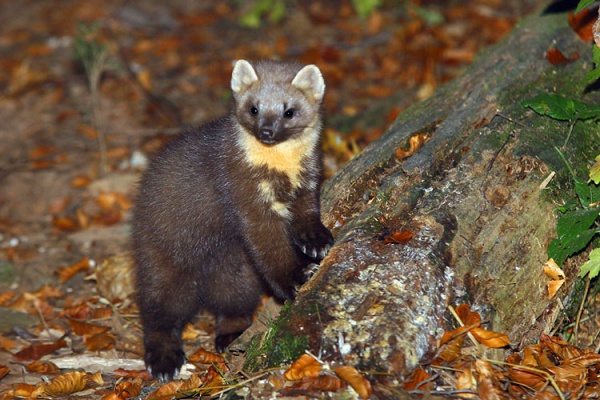
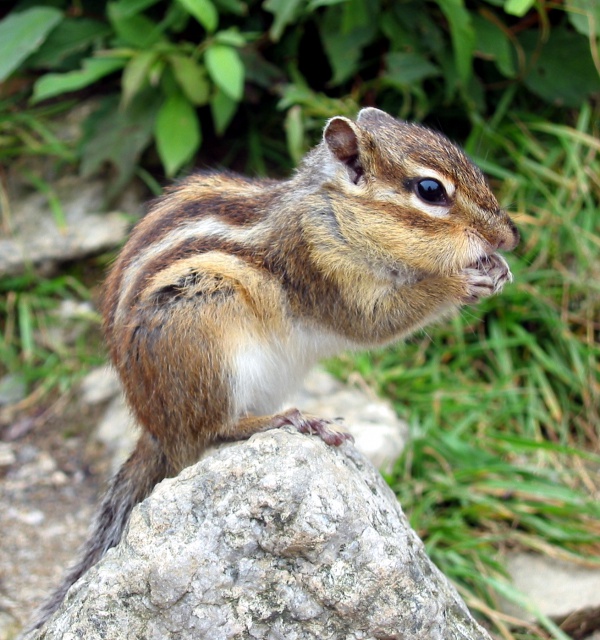
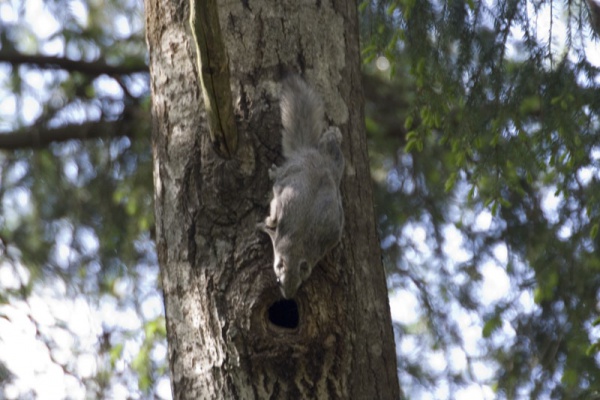
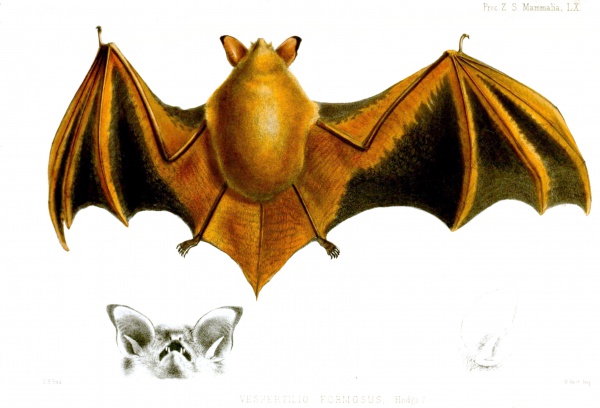
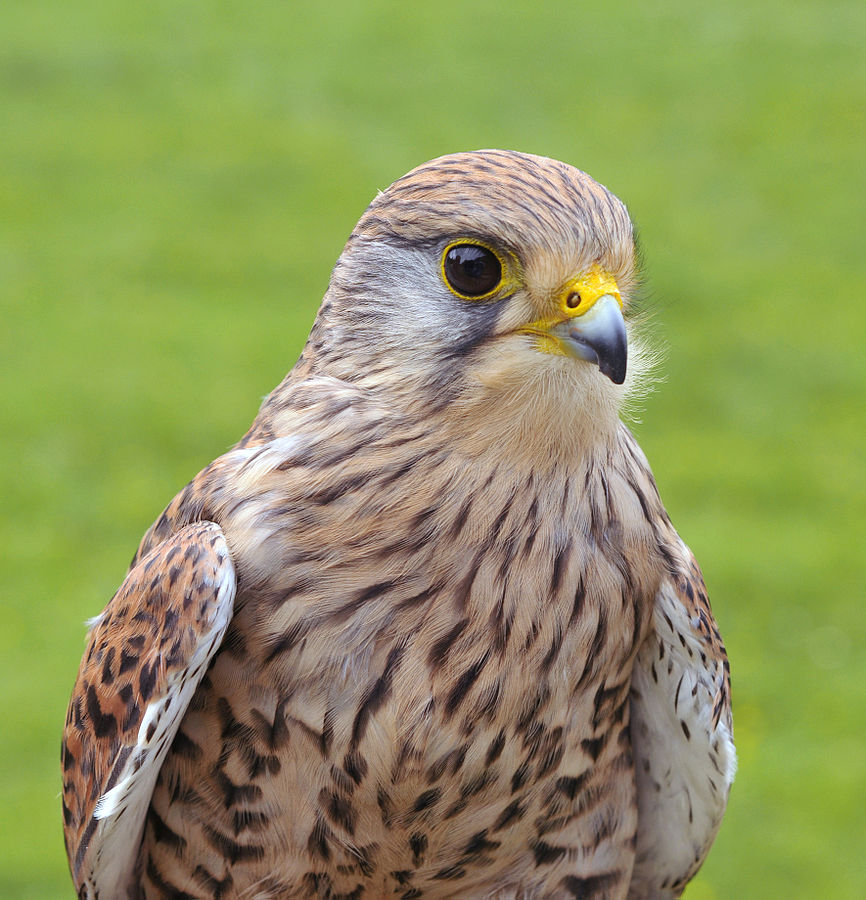
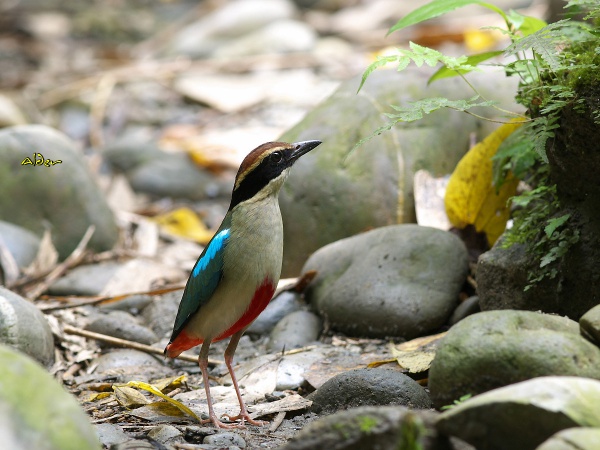
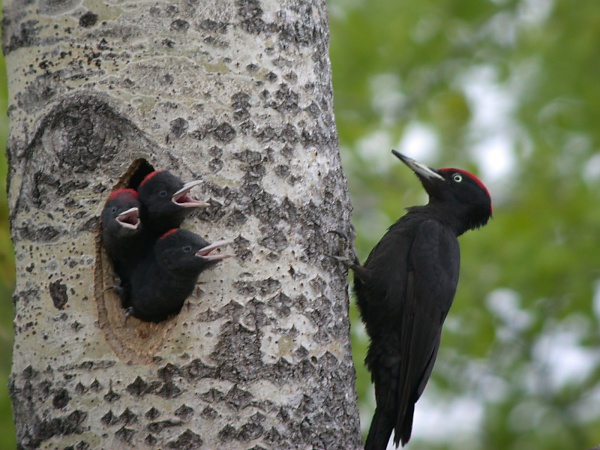
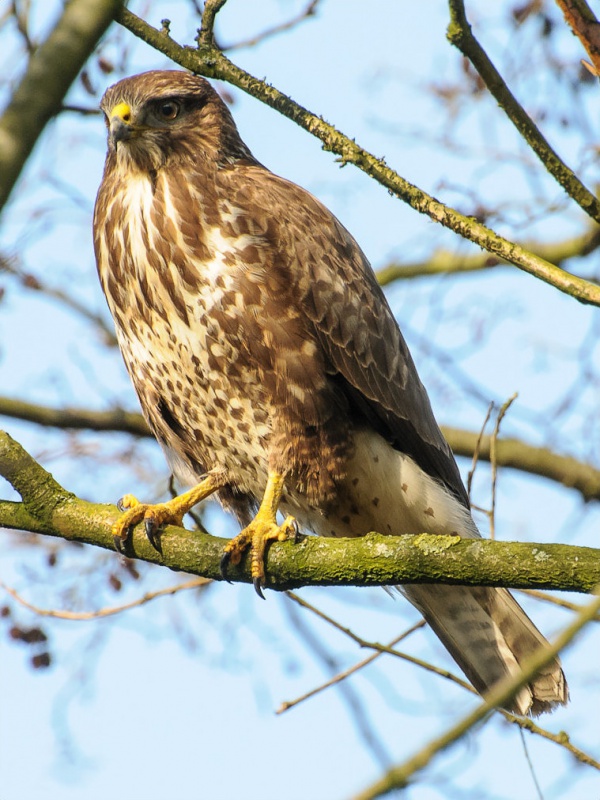
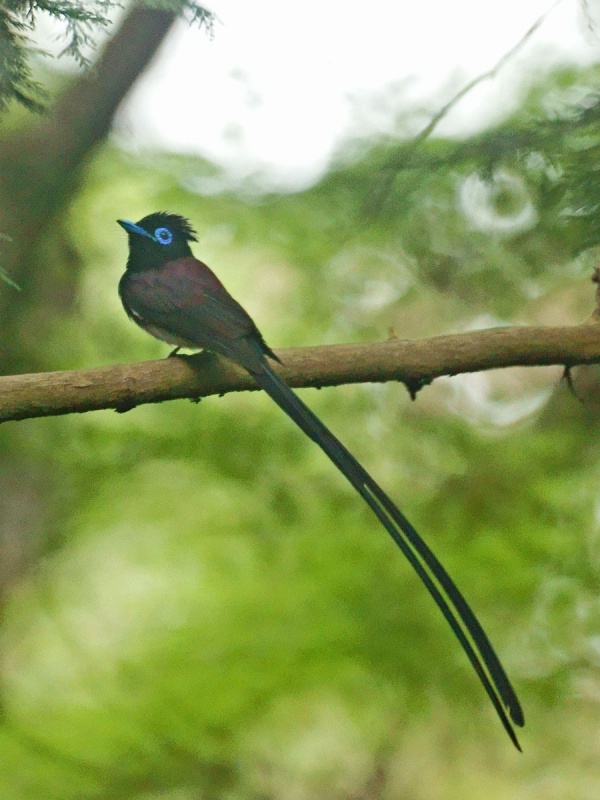
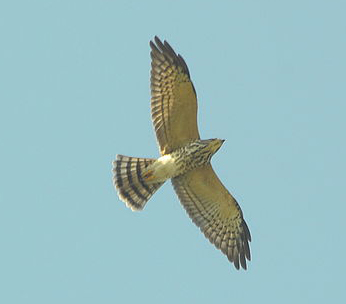
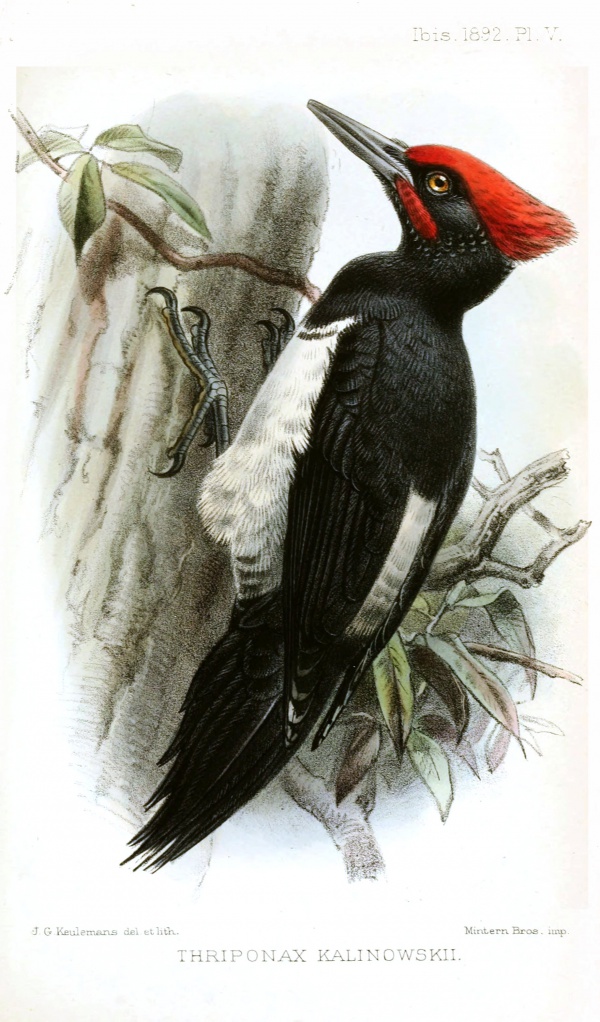
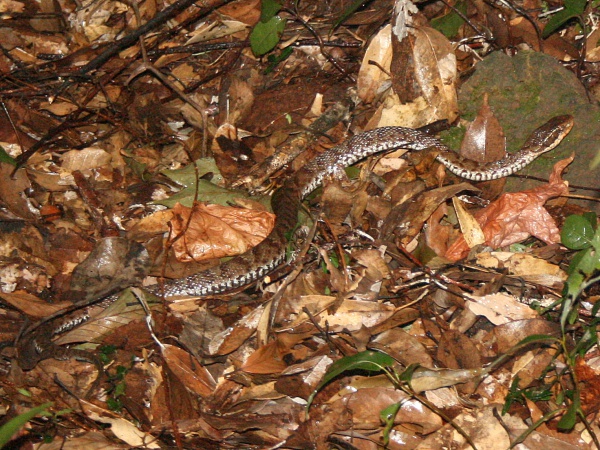
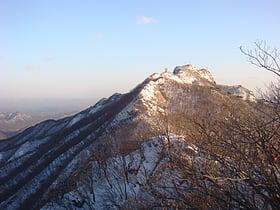

 North Korea
North Korea